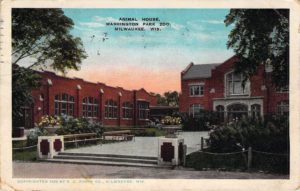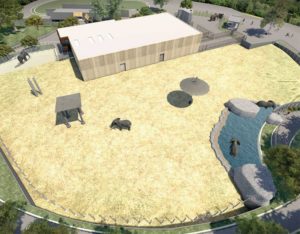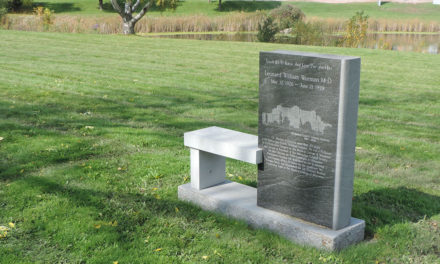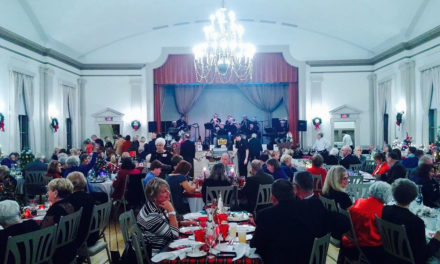By Chris Haise
A fixture in our community, the Milwaukee County Zoo provides entertainment and sanctuary, and its storied past is paving the way for a bright future.
Washington Park Zoo
 The humble beginnings for what would become our award-winning Zoo have their roots in Washington Park in the late 19th century.
The humble beginnings for what would become our award-winning Zoo have their roots in Washington Park in the late 19th century.
While the Zoo began with only small mammals and birds, interest and opportunity meant that by the early 1900s the Zoo could boast over 800 various creatures, including an impressive array of bears.
In 1934, the Zoo became a Milwaukee County Park Commission entity, a partnership that provided access to the kinds of resources necessary to ensure the Zoo’s future prosperity.
This partnership eventually led to the renaming of Washington Park Zoo as the Milwaukee County Zoological Gardens in 1953.
Throughout the later years in Washington Park, the need for new and better facilities was apparent and the Zoo began planning and development for a new Zoo.
Making the Move
 One of the most significant milestones in the Zoo’s well-entrenched history came in 1958, when the Zoo moved to its current location – the one we all know on a lovely 200-acre wooded parkland.
One of the most significant milestones in the Zoo’s well-entrenched history came in 1958, when the Zoo moved to its current location – the one we all know on a lovely 200-acre wooded parkland.
Construction, planning, and renovation for the new facilities meant that it wasn’t until 1961 that the current location was officially opened to the public.
 The intervening years have seen numerous improvements to the grounds, which lend their name to the nearby highway interchange. Since moving in 1958, the Zoo has added buildings and exhibits for penguins, polar bears, and small mammals.
The intervening years have seen numerous improvements to the grounds, which lend their name to the nearby highway interchange. Since moving in 1958, the Zoo has added buildings and exhibits for penguins, polar bears, and small mammals.
The Zoo upgraded and rebranded Macaque Island, including additional viewing space. Monkeys and primates have also benefited from the expansive Apes of Africa exhibit, which was added in the 90’s, and the Primates of the World exhibit, which boasts a vast collection of different primates found across the globe.
More recently, the Big Cat Country exhibit was added to house lions and tigers (oh my!) along with other fearsome felines.
In addition to improvements for the inhabitants of the Zoo, visitors have benefited from improvements like the Peck Welcome Center, areas dedicated for children and families, the continuation of the park-wide train system, and ever-expanding amenities and parking options.
Accolades and Awards
 Apart from providing recreation for our community, the Milwaukee County Zoo has also been recognized for excellence by its industry peers and conservationists.
Apart from providing recreation for our community, the Milwaukee County Zoo has also been recognized for excellence by its industry peers and conservationists.
Renowned for their work with bonobos, both at the zoo and in their natural habitat in the Democratic Republic of the Congo, the zoo’s dedication to these creatures has been acclaimed widely and garnered numerous awards from conservation societies, including an International Conservation Award from The Association of Zoos & Aquariums. In fact, the Milwaukee County Zoo has the largest single community of bonobos outside of the DRC.
Other awards include a litany of “Green” Awards for their work on sustainability and conservationism, as well as recognition for their status as tourism destination with the Governor’s Tourism Stewardship award.
Looking to the Future
Rather than rest on their laurels and count their awards, the Zoo has taken the energy and focus of a century of conservationism and directed them towards an even brighter future.
 The most immediate undertaking is the brand-new elephant exhibit, enhancing the living space for park favorites Ruth and Brittany. Expected to open in June of this year, the new facility greatly improves what was one of the only weak spots on the park’s résumé: an aging and antiquated space for these majestic creatures.
The most immediate undertaking is the brand-new elephant exhibit, enhancing the living space for park favorites Ruth and Brittany. Expected to open in June of this year, the new facility greatly improves what was one of the only weak spots on the park’s résumé: an aging and antiquated space for these majestic creatures.
Answering the calls of critics and rights groups, the new facility will meet and surpass the Association of Zoos & Aquariums standards and provide much needed modernization of one of its original exhibits.
Along with much needed additional space (which is four times the current space), the new home for the elephants will have indoor habitats and shading, watering holes, and ample recreation for the animals. The Zoo has not ruled out the acquisition of additional elephants, now that they could be truly accommodated.
All of this has been added with patrons in mind, and the new space will have plenty of great views and related activities to enjoy.
 The work for the elephants will be followed by hippos and rhinos. The hippo exhibit will be one of eight in North America with underwater viewing of the animal. This is reminiscent of the underwater viewing for polar bears, another cutting edge development the Zoo championed many years ago.
The work for the elephants will be followed by hippos and rhinos. The hippo exhibit will be one of eight in North America with underwater viewing of the animal. This is reminiscent of the underwater viewing for polar bears, another cutting edge development the Zoo championed many years ago.
Just these two projects alone will be enormous in scale, and transformational for the whole park. Conservative estimates say these projects will change 25% of the developed footprint of the Zoo.
While the new work is undoubtedly a huge undertaking, it is only the start of the Zoo’s headlong march into the future. In 2012, the zoo completed the first planning phase of a new 20-year Zoo master plan that addressed improvements in animal exhibits, visitor attractions, service facilities and operations.
So, take pride in our local Zoo, and enjoy the new attractions they have worked so hard to develop. You can learn more about why our Zoo is so highly rated by simply going there with your friends and family. Stroll the grounds, and take in the attractions that have kept this Zoo a focal point and source of pride in our community for more than 120 years, and running.





